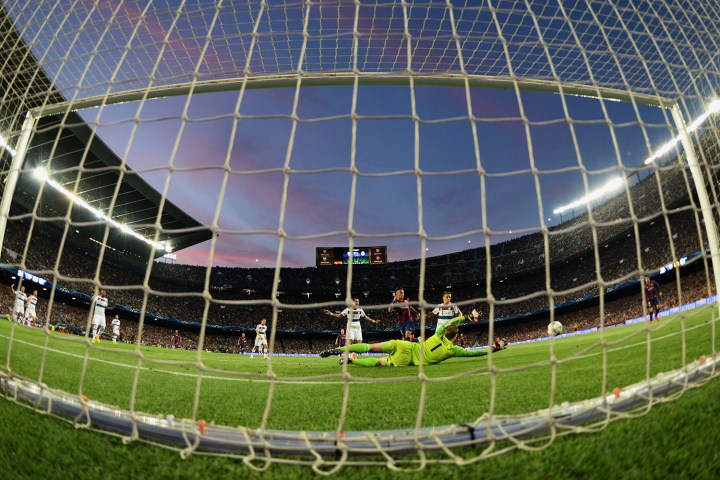
A new computer science project from Michigan’s Lawrence Technological University uses machine learning and data science to do a not-dissimilar thing for 6,082 European soccer players — through a computational model that calculates the world’s most over and underpaid players, based on skill. (The latter group is the one Billy Beane-style managers should presumably be most interested in!)
“It is common in sports to compare individual measurements,” Lior Shamir, one of the paper‘s co-authors, told Digital Trends. “However, soccer players have a combination of skills, so just comparing the number of goals gives a very partial representation of the player’s true value. What we did here is develop a computational model that combines 55 measured attributes that reflect the players’ abilities. When comparing that model to the salaries of the players, we can estimate the salary of each player based on their performance on the field, and in comparison to all other players.”
These 55 attributes include details such as scoring and passing accuracy, behavioral traits like aggression, and abilities including speed, acceleration, and ball control. The measurements were made by FIFA experts, and while Shamir acknowledges that there is some subjectivity involved, the use of 55 different measurements hopefully means that the subjectivities eventually balance out.
The study suggests that — for the most part — skill and remuneration are closely linked, although there are some stars who are considerably overpaid and those are underpaid. Barcelona’s Lionel Messi topped the most overpaid list for the 2016-2017 season, despite being a top player, while Bernardo Silva was the most underpaid.
Of course, Shamir notes that the model does not factor in other reasons why a player might be highly paid outside of his actions on the soccer pitch. “The model does not take into account the income that a superstar athlete can generate outside of the field,” he said. “Merchandise sales, broadcasting rights, and expansion of fan base are all important aspects when negotiating an athlete’s contract.”
So what is the take home if you are not a soccer fan? According to Shamir, it is the fact that studies like this offer a taste of what is in store when it comes to how we will be paid in the future.
“A computational approach is by nature objective, and can, therefore, address the concern of employees who are uneased by the belief they are underpaid compared to their co-workers,” he said. “It is difficult to get used to the idea that machines determine our salaries, raises, or bonuses, but that day is, in fact, very close.”


